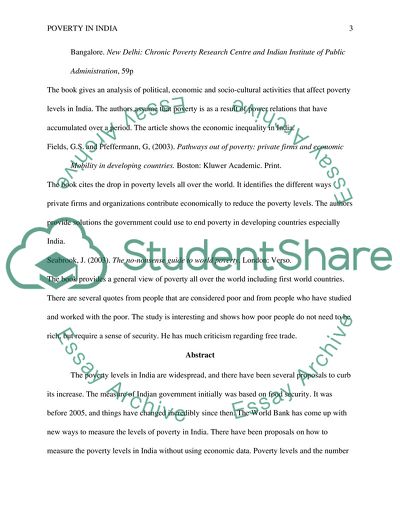Cite this document
(Poverty in India Annotated Bibliography Example | Topics and Well Written Essays - 3250 words, n.d.)
Poverty in India Annotated Bibliography Example | Topics and Well Written Essays - 3250 words. https://studentshare.org/sociology/1872598-poverty-in-india
Poverty in India Annotated Bibliography Example | Topics and Well Written Essays - 3250 words. https://studentshare.org/sociology/1872598-poverty-in-india
(Poverty in India Annotated Bibliography Example | Topics and Well Written Essays - 3250 Words)
Poverty in India Annotated Bibliography Example | Topics and Well Written Essays - 3250 Words. https://studentshare.org/sociology/1872598-poverty-in-india.
Poverty in India Annotated Bibliography Example | Topics and Well Written Essays - 3250 Words. https://studentshare.org/sociology/1872598-poverty-in-india.
“Poverty in India Annotated Bibliography Example | Topics and Well Written Essays - 3250 Words”. https://studentshare.org/sociology/1872598-poverty-in-india.


